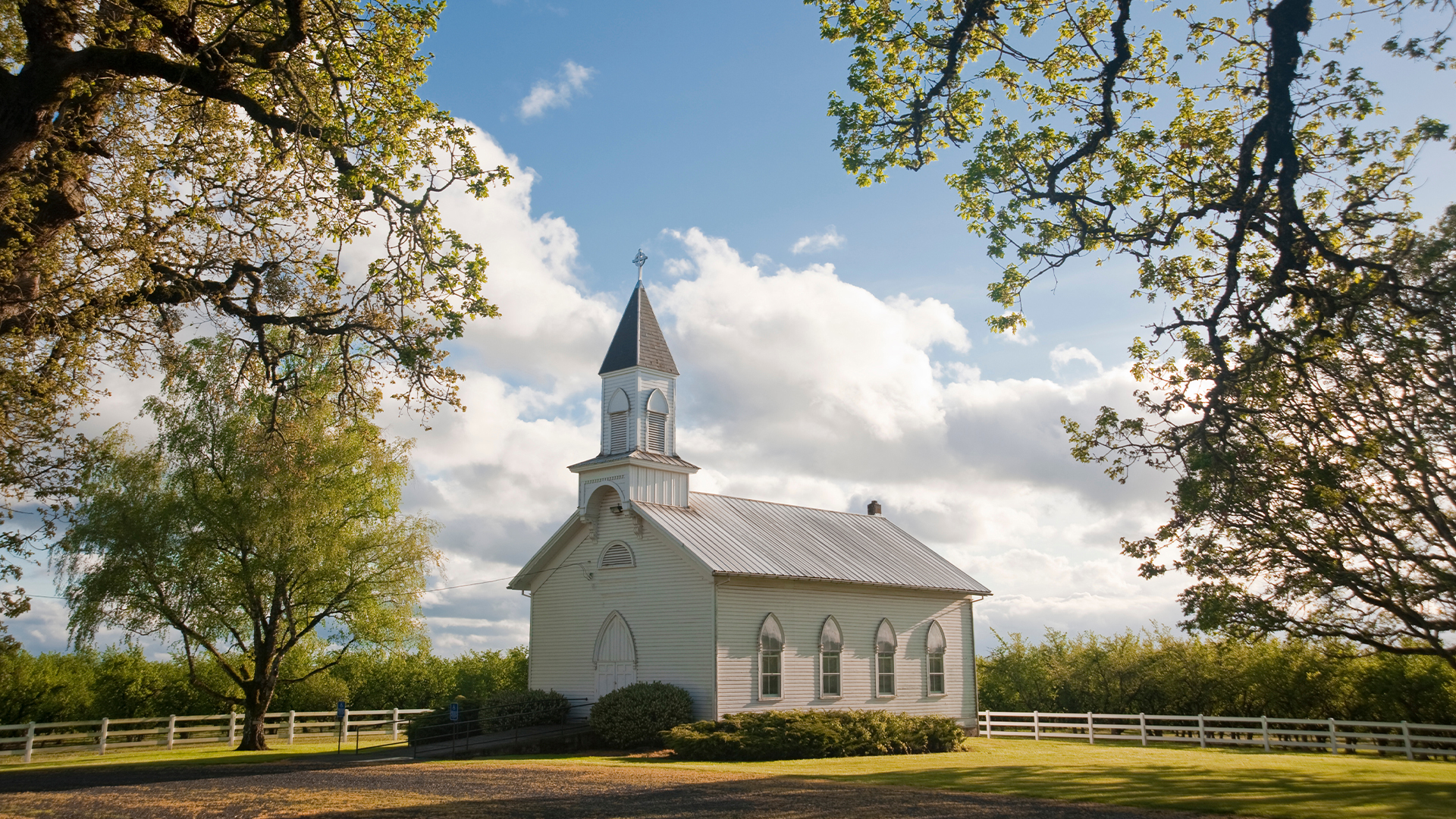The Ark of the Covenant in Ethiopia
Has it been found?

The Patriarch of the Orthodox Church of Ethiopia announced that on Friday, June 26, 2009, he will unveil to the world the Ark of the Covenant. [Editor’s Note: The following Monday the Patriarch supposedly denied he had announced the unveiling.]
The Problematic Legend
There has been a legend for many years that the Ark of the Covenant is in the Saint Mary of Zion Church in Axum, Ethiopia. In recent years this legend has been popularized in the writings of Grant Jeffrey, a Canadian Bible prophecy writer who often specializes in the sensational.

This legend is based on a bizarre story that the Ark was smuggled out of Jerusalem by Menelik I, the supposed son of a union between the Queen of Sheba and King Solomon. Supposedly, a replica of the Ark was left in the Holy of Holies in the Temple in Jerusalem. The motivation for moving the Ark was to protect it from King Manasseh, one of the most ungodly kings in the history of Judah.
There are all kinds of problems with this legend. For one thing, it is doubtful that the Queen of Sheba ruled over Ethiopia. It is more likely that her realm was modern day Yemen.
Regarding Menelik I, he ruled over Ethiopia around 950 B.C., according to tradition. Manasseh did not become king of Judah until 253 years later.
Harry Atkins, an Ethiopian historian, contends that there is no record of this legend in Ethiopian history until the end of the 13th Century. At that time there was a dispute over who should be king, and one of the contenders claimed to be a descendant of King Solomon and the Queen of Sheba. Atkins says it was at that point that the legend of the Ark entered into Ethiopian history.
The insurmountable problem with the Ethiopian legend is that 2 Chronicles 35:3 states that the Ark was still in the Temple during the time of King Josiah who reigned from 640 to 609 B.C.
Rabbi Shlomo Goren, former Chief Rabbi of Israel (now deceased), spent his life studying the Temple Mount, the Temple, and the Ark of the Covenant. He always argued vehemently that it would have been impossible for anyone, including the priests of the Temple, to have unguarded access to the Ark. He dismissed the whole story as a “foolish suggestion” and a “joke.” Modern day rabbis in Israel also consider the story to be ridiculous. Their consensus of opinion is that the Ark is hidden in a secret compartment beneath the Temple Mount.
The Ark’s Disappearance
No one knows for sure what happened to the Ark. The last time it is mentioned in Scripture is in 2 Chronicles 35:3. That passage makes it clear that the Ark was still in existence at the time of the spiritual revival led by the boy king, Josiah. Within 22 years after Josiah died, Judah fell to the Babylonians (586 B.C.), and the Ark disappeared.
No one knows for sure what happened to the Ark. Some scholars believe it was simply destroyed when the Temple was burned. Others believe it was captured as a prize of war, taken to Babylon, and probably melted down for its gold. This latter theory seems to be substantiated by the Scriptures. For example, in 2 Chronicles 36:18 it states that when the Babylonians destroyed the Temple, they took “all the articles of the house of God, and broke down the wall of Jerusalem and burned all its fortified buildings with fire, and destroyed all its valuable articles.”
The strongest tradition is that the Ark was taken out of the Temple by Jeremiah and hidden. Some are convinced he hid it in the ground on the Temple Mount. But most who hold to the Jeremiah rescue theory believe he either hid the Ark in a great cavern beneath the Temple Mount (known today as Solomon’s Quarry) or that he hid it somewhere near Mt. Nebo in the modern day nation of Jordan.
The latter theory finds support in the apocryphal book of 2 Maccabees. The narrative in that book says, “the prophet, warned by an oracle, gave orders for the tabernacle and the ark to go with him when he set out for the mountain which Moses had climbed to survey God’s heritage. On his arrival, Jeremiah found a cave dwelling, into which he brought the tabernacle, the ark, and the altar of incense, afterwards blocking up the entrance” (2 Maccabees 2:4-5).
Another theory regarding the fate of the Ark is that it was translated or raptured, being taken up to Heaven to prevent it from falling into the hands of the Chaldeans. This theory is based upon a reference to the Ark in Revelation 11:15. This passage is a flash forward to the end of the Tribulation when Heaven opens and Jesus returns in wrath. The writer states that when Heaven opened “the ark of His covenant appeared in His Temple.” Those who reject this theory argue that the Ark seen in Heaven in this passage is the heavenly reality of which the Ark of the Covenant was only an earthly shadow or copy (Hebrews 8:5).
The Ark in Bible Prophecy
Regardless of what happened to the Ark, the Scriptures suggest that it will never be found again. This comes as quite a shock to some Christians who have assumed that the Ark must be found before the Tribulation Temple can be built and animal sacrifice reinstituted. Others have simply assumed that the Ark would be replaced in the Holy of Holies when the Lord’s Millennial Temple is built.
But Jeremiah says point blank that “the ark of the covenant of the Lord… shall not come to mind, nor shall they remember it, nor shall they miss it, nor shall it be made again” (Jeremiah 3:16). The context of this passage is the Millennial reign of Jesus, so it does not rule out the possibility of a discovery prior to that time. Conceivably, the Ark could be discovered, and Satan could use its discovery to incite the rebuilding of a Temple where an apostate sacrificial system would be reinstituted. We know that such a Temple will be built, but I doubt if its construction will be motivated by the discovery of the Ark.
The important point to keep in mind here is that the rediscovery of the Ark is not essential to the rebuilding of the Temple. After all, the Temple was rebuilt by Zerubbabel following the Babylonian captivity, and the Ark had already been lost by that time. There was no Ark in the Holy of Holies during the time when Jesus worshiped in the Temple.
Nor is the Ark needed for the Millennial Temple. Ezekiel describes the Temple in great detail (chapters 40-42), and he never mentions the Ark. There is a Holy of Holies (Ezekiel 41:4), but it is empty, and it is not separated from the Holy Place by a veil.
The Ethiopians may have an object they venerate and consider to be the Ark. But I personally believe there is no possibility that it is the original Ark of the Covenant.




